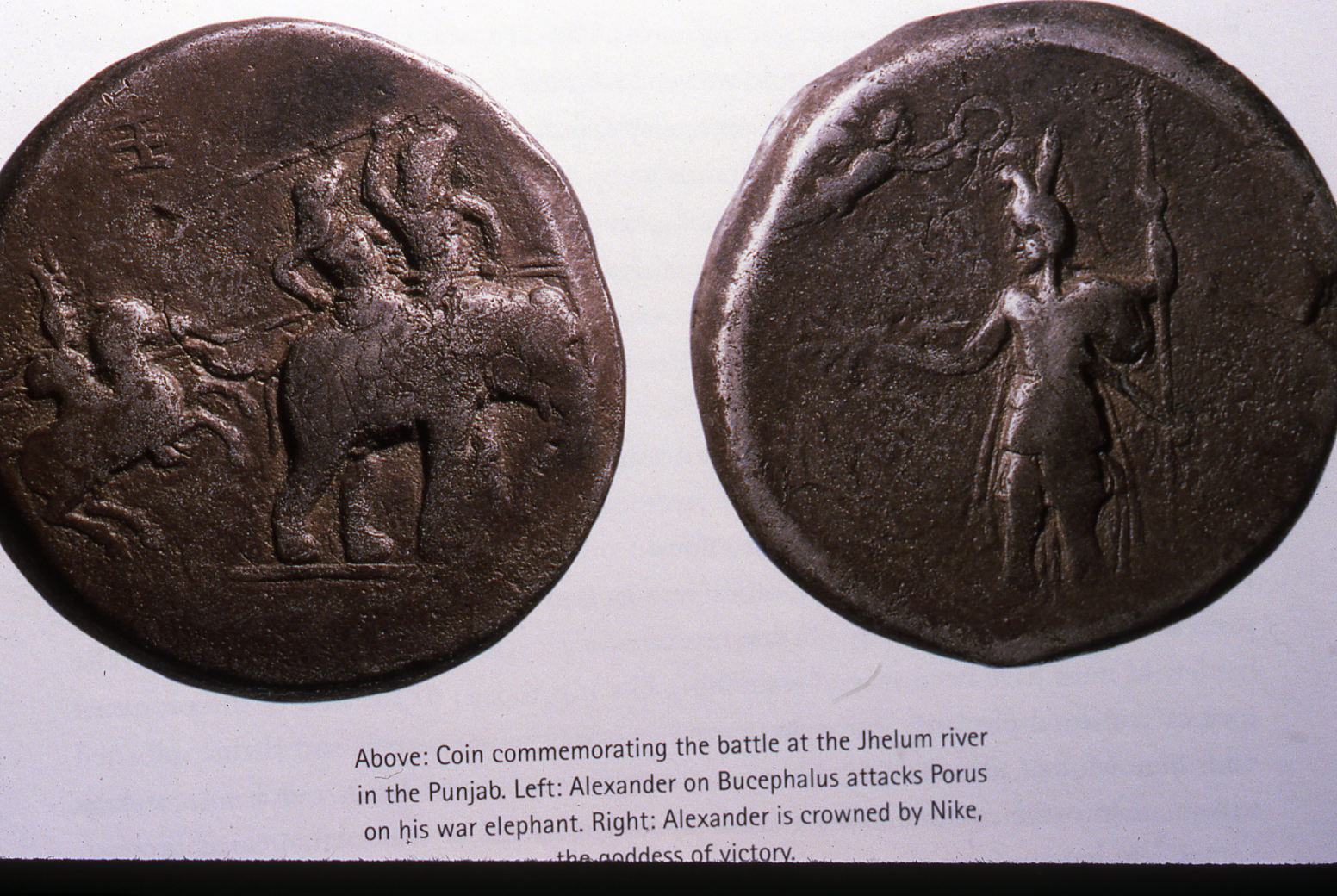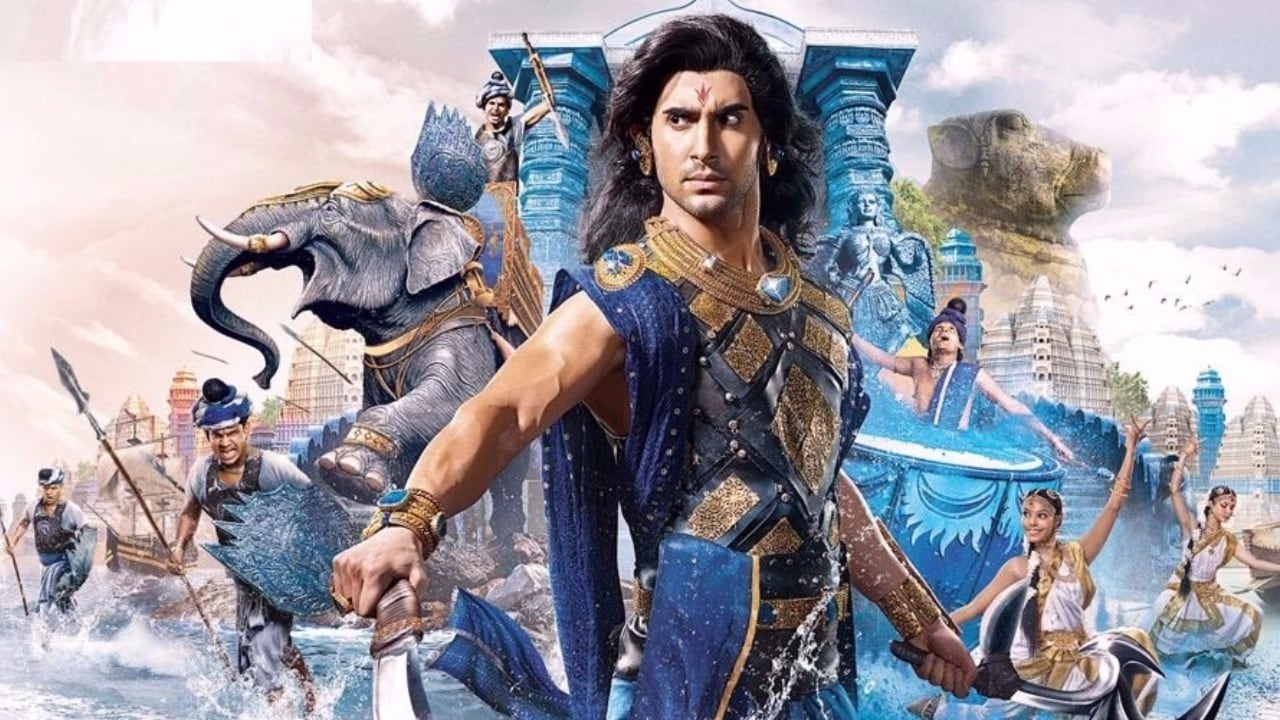

Therefore any group claiming ancestry from him based on family or bardic records or tribal folktales is essentially narrating an apocryphal story invented only recently. There were no known Hindu textual sources regarding Porus indicating the tribe or ethnic group he belonged to. However, there are other groups who do have some substance in making this claim.

Most of these claims are based on analyses which are patently ludicrous - based purely on the similarity of the name Porus with a host of tribal and caste appellations- and can be dismissed out of hand. Such is the force of Porus's legend and glory as a warrior that even Pakistani Muslim groups, who generally are not very keen on linking themleves with their Hindu past, i.e 'jahaliya' as per the strict interpretation of Islam, now eagerly compete for any sort of connection with this quintessential Hindu kshatriya warrior whose bravery was even celebrated by his Greek opponents and told in all parts of the then known world. Of claimants to the gloryĪ cursory search on the web would reveal a fierce competition among both Indian and Pakistani Punjabi groups to somehow prove any sort of link of their tribe to Porus. Instead we are going to examine James Tod's theory about Porus' lineal ancestry, a theory he developed with a very strong textual grounding in his monumental work Annals and Antiquities of Rajasthan. Pritam Saini's conclusion that Raja Porus was most likely a Saini carries a force which would be hard to resist for any serious scholar of Punjabi history, but here we are going to make an exception, and for the rest of this article we are going to completely ignore him and what he said on the subject.Īs per the editorial policy of this journal, quoting and citing of academics from within the community is generally eschewed, lest an unfair accusation of conflict of interest be brought up by any paranoid detractor. Pritam Saini's works would not need a reminder that he did not have the habit of being fast and loose with his academic opinions, especially to pander to any interest group's vanity. Pritam Saini, an eminent historian and literary critic of Punjab, a research fellow at Punjabi university, Patiala, a notable journalist and a life long member of prestigious academic bodies like Punjab History Conference and Indian History Congress, had concluded that Raja Porus was a Saini and was in the line of Maharaja Shoor Sen and Krishna-Balram Yadava warrior duo. We back up this claim with a solid textual theory developed by Colonel James Tod, which well accepted within the academy. In this article we make a well- corroborated claim that Raja Porus was a Saini. ANNALS AND ANTIQUITIES OF RAJASTHAN, James Tod, Vol. 279) suggests Cleisbora is Krisnhapura, ' city of Krishna'." ".This Herakles is held in special honour by the Sourasenoi, an Indian tribe, who possess two large cities, Methora and Cleisobora" Arrian, Indika, viii, Methora is Mathura Growse (Mathura, 3rd ed. Megasthenes described this tribe as Sourasenoi and their patron deity and ancestor as Herakles: Here, Parvateshwara or Raja Parvatak is a king who joins hands with Chandragupta Maurya and Chanakya to defeat the Nanda king.Ancient Greek traveller and ambassdor to India, Megasthenes, came across Saini clan in its glory days as the ruling tribe with its capital in Mathura. According to Mudrarakshasa, Hellenistic and Indian History, Malayketu was Parvatak King’s sonĪ Sanskrit play by Vishakadatta on the life of Chandragupta narrates a slightly different story. However, the name Malayketu is used for some other king’s son in the Indian context. Many foreign writers who have covered the story of Alexander and Porus have highlighted that after the death of Porus, his son Malayketu ascended the throne. But was Malayketu Porus’s son?Īccording to Writers, Malayketu was Porus’ Son It is said that his son Malayketu ascended the throne. Later, Porus was killed by Eudemus – one of the general of Alexander the Great. So impressed was Alexander that he not only gave his kingdom back to him but also power over the territories in the south-east till the Beas. After all, King Porus had challenged Alexander the Great. The bravery of Porus is well known in Indian history.


 0 kommentar(er)
0 kommentar(er)
